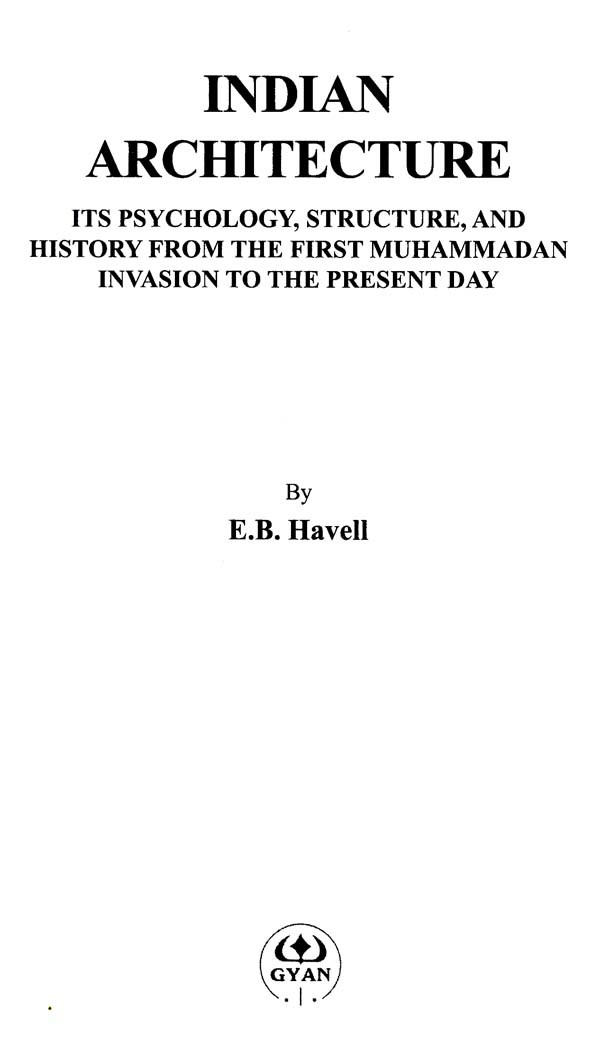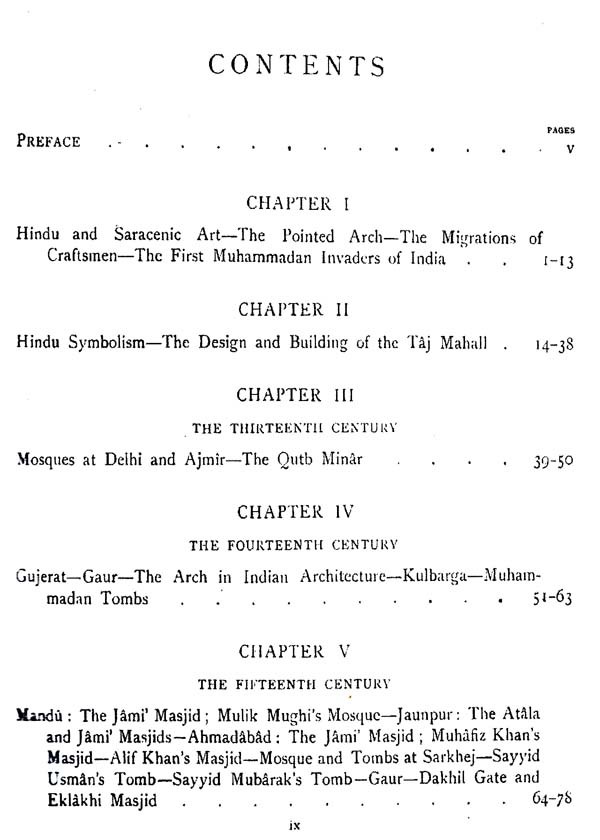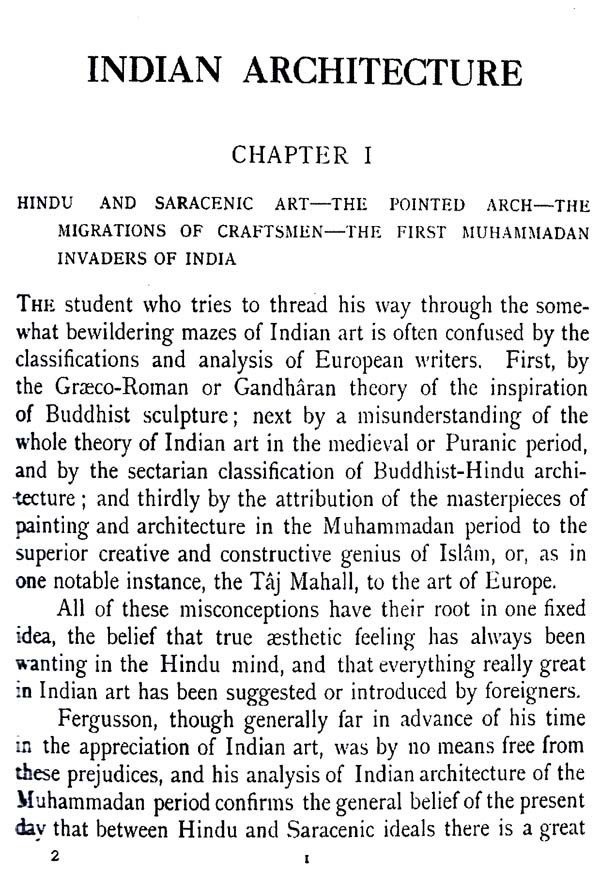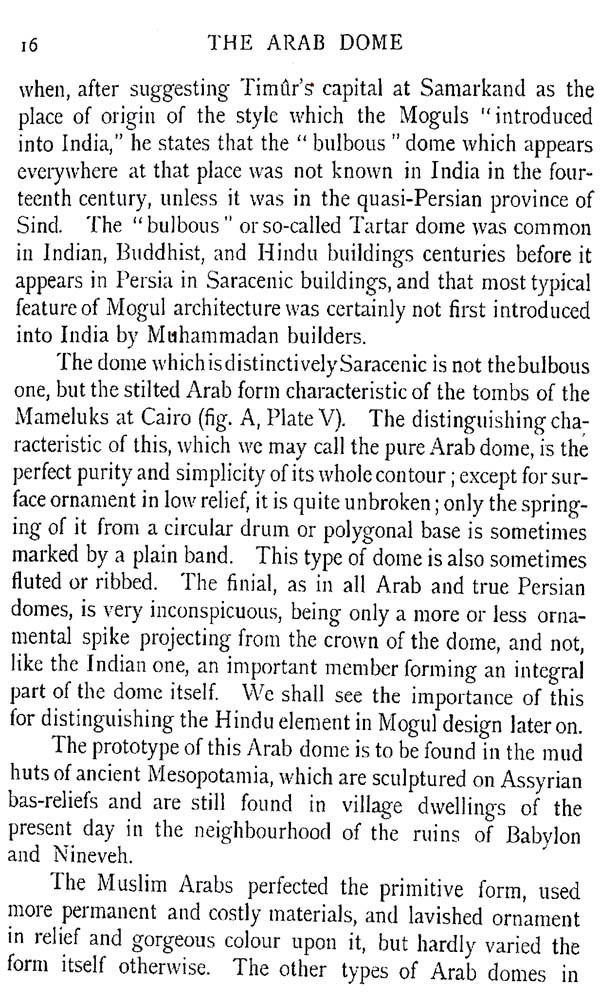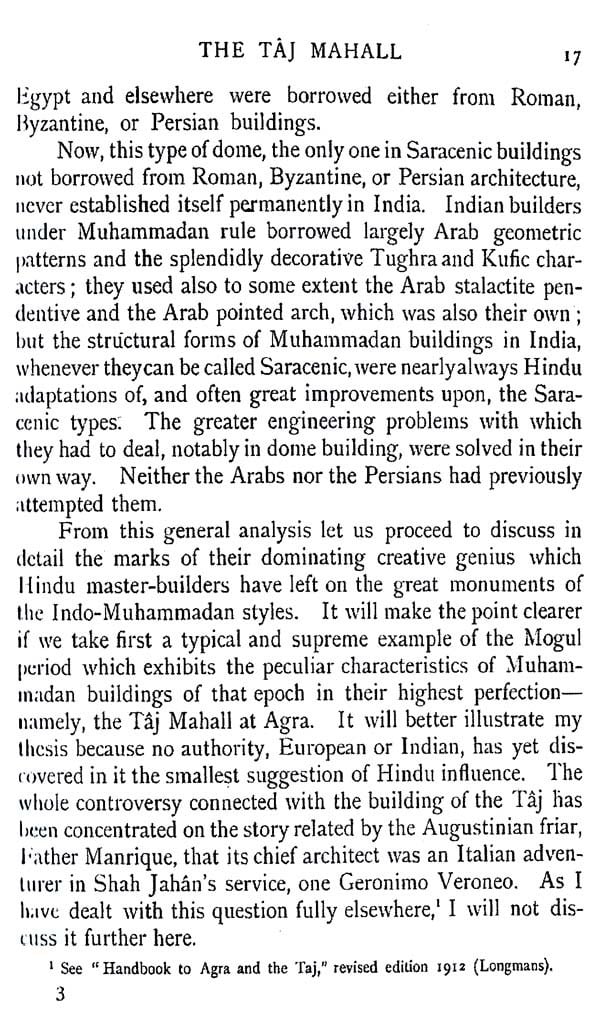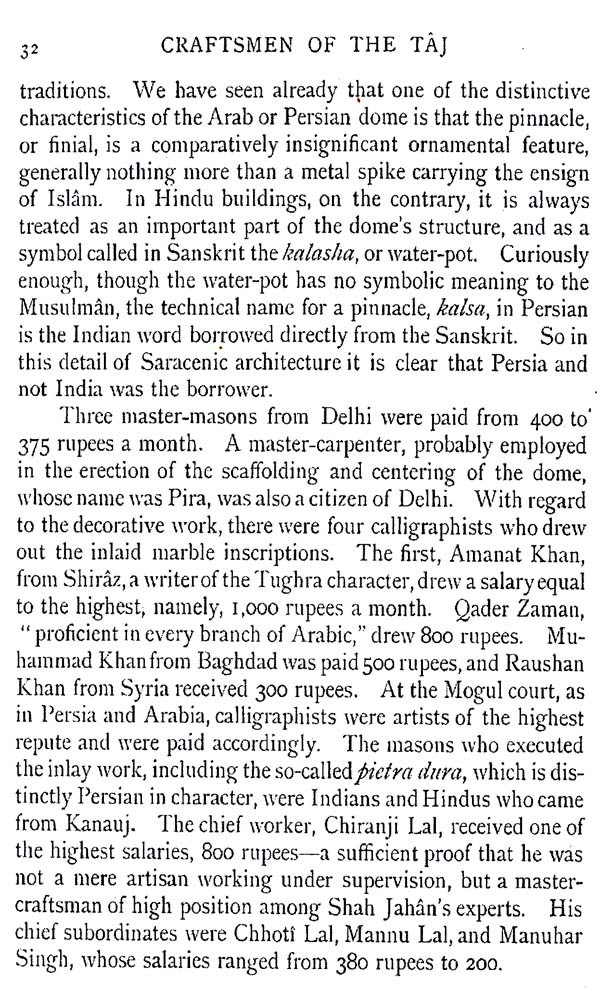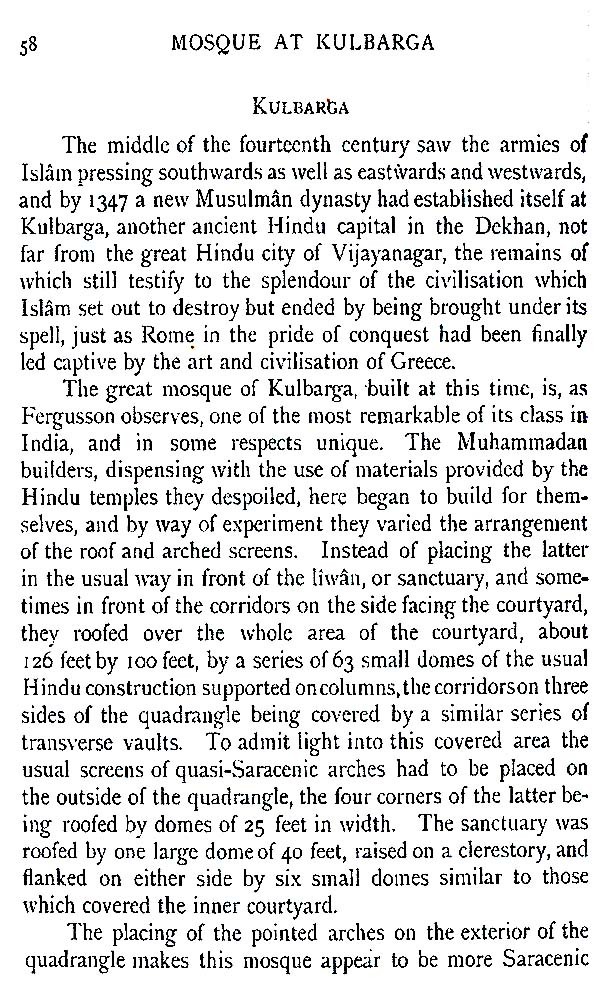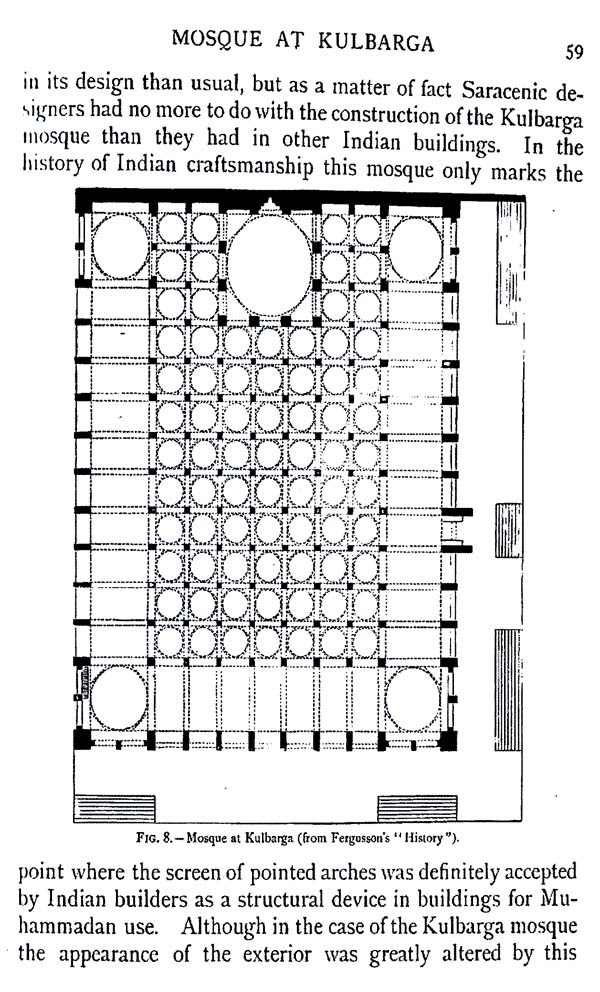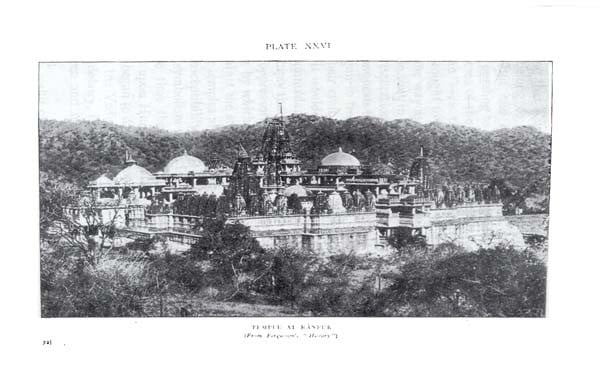About the Book This book contained Excerpt from Indian Architecture: Its Psychology, Structure, and History, From the First Muhammadan Invasion to the Present Day. For fifty years Indian departmentalism has followed a system of building, demoralising alike to the architect and the craftsman, which has been as injurious to the true interests of the British Raj as it has been fatal to the development of art and craft in India. Great Britain, like every other European country, has slowly come to realise how prodigal she has been in the last two centuries with her own handicrafts and all other forms of artistic wealth which belong to national well- being and are the true expression of it. What finer opportunity can there be than the building of the new Delhi for inaugurating a new architectural and educational policy which will remove the incubus now pressing so hardly upon Indian craft and industry, and at the same time give a great impulse to the new movement for the revival of architecture in this country.
About the Author Ernest Binfield Havell (1861-1934), who published under the name E.B. Havell, was an influential English arts administrator, art historian and author of numerous books about Indian art and architecture. He was a member of the Havell family of artists and art educators. He was the principal of the Government School of Art, Calcutta from 1896 to 1905, where, along with Abanindranath Tagore. In India, Havell initially served the Madras School of Art as Superintendent for a decade from 1884. He published several books on Indian art including Indian Sculpture and Painting (1908) and The Ideals of Indian Art (1911). He was involved in founding the India Society along with William Rothenstein in 1910 as a reaction to negative remarks made by Sir George Birdwood on Indian art.
**Contents and Sample Pages**
